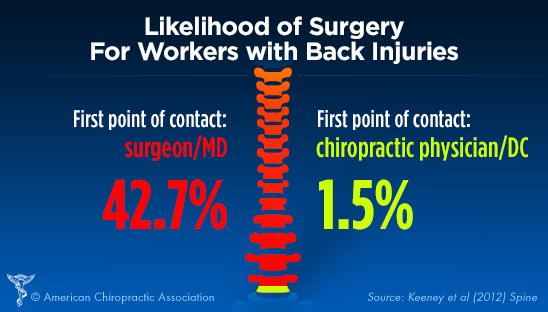A Thorough Evaluation Of Cold Laser Therapy: Unraveling Its Systems And Influence
A Thorough Evaluation Of Cold Laser Therapy: Unraveling Its Systems And Influence
Blog Article
Composed By-Rush Kornum
You may have heard of cold laser therapy as a promising treatment option for various problems, but have you ever before questioned exactly how it actually works with a cellular degree? Understanding the mechanisms behind this therapy can shed light on its efficiency in promoting recovery and reducing swelling. By exploring the science behind cold laser treatment, you'll gain understandings into the fascinating ways in which light can affect cellular procedures and help with tissue fixing.
How Cold Laser Treatment Functions
To recognize how cold laser treatment functions, you require to comprehend the fundamental concepts of exactly how light energy engages with biological tissues. Cold laser treatment, likewise known as low-level laser therapy (LLLT), makes use of particular wavelengths of light to permeate the skin and target underlying cells. Unlike the intense lasers used in surgeries, cold lasers give off reduced levels of light that do not create heat or cause damages to the cells.
When laser skin resurfacing mount kisco get to the cells, they're taken in by components called chromophores, such as cytochrome c oxidase in mitochondria. This absorption triggers a series of biological responses, including boosted cellular energy production and the release of nitric oxide, which enhances blood flow and lowers swelling.
Moreover, the light energy can additionally boost the production of adenosine triphosphate (ATP), the power currency of cells, helping in cellular repair service and regrowth processes.
In essence, cold laser treatment utilizes the power of light power to promote recovery and relieve pain in a non-invasive and gentle fashion.
Devices of Activity
Exactly how does cold laser treatment in fact work to produce its healing results on organic cells?
Cold laser treatment, additionally referred to as low-level laser therapy (LLLT), runs through a procedure known as photobiomodulation. When https://travisjfzto.blogpayz.com/30309880/from-centers-to-home-usage-the-expanding-appeal-of-cold-laser-therapy-instruments is related to the skin, the light energy passes through the cells and is absorbed by chromophores within the cells.
These chromophores, such as cytochrome c oxidase in the mitochondria, are after that stimulated by the light energy, causing a cascade of organic reactions. One essential system of activity is the improvement of mobile metabolic rate.
The soaked up light energy enhances ATP manufacturing in the mitochondria, which is crucial for cellular function and fixing. Furthermore, https://www.dermatologytimes.com/view/new-low-light-level-therapy-shows-promising-results-for-ccca helps to reduce swelling by inhibiting inflammatory conciliators and promoting the launch of anti-inflammatory cytokines.
This anti-inflammatory effect adds to pain alleviation and cells recovery.
Therapeutic Effects
Understanding the restorative results of cold laser therapy involves recognizing exactly how the enhanced cellular metabolism and anti-inflammatory properties contribute to its positive results on organic cells.
When the cold laser is applied to the damaged area, it stimulates the mitochondria within the cells, bring about raised manufacturing of adenosine triphosphate (ATP), which is vital for mobile feature and repair service. This boost in mobile power increases the healing process by advertising cells regeneration and reducing inflammation.
Furthermore, the anti-inflammatory properties of cold laser therapy assistance to decrease pain and swelling in the targeted location. By preventing inflammatory mediators and advertising the release of anti-inflammatory cytokines, cold laser therapy help in alleviating pain and improving the general recovery feedback.
This reduction in swelling not only gives immediate alleviation however additionally supports long-term tissue repair work.
Final thought
To conclude, cold laser therapy functions by stimulating mobile fixing and cells regeneration via photobiomodulation. Its anti-inflammatory residential properties provide pain relief and minimize swelling by inhibiting inflammatory mediators.
This treatment offers a thorough method to recovery, supplying both instant relief and long-term tissue fixing advantages.
Via its mechanisms of action, cold laser therapy verifies to be a reliable and appealing therapy alternative for a variety of problems.
